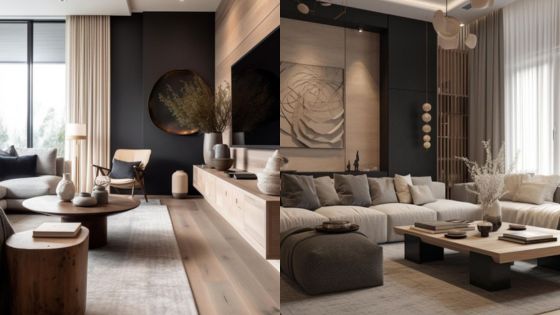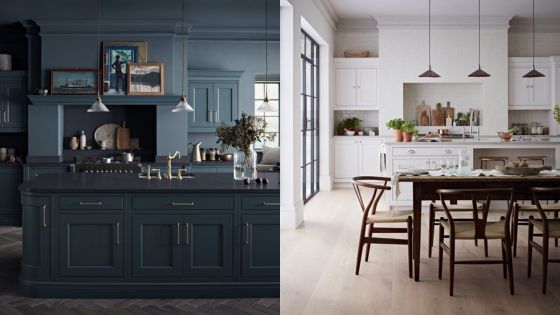Creating a compelling game character goes beyond mere aesthetics; it’s about crafting an identity that resonates with players. Understanding the character design process is crucial for making memorable and impactful characters that enhance gameplay and storytelling. Whether you’re a seasoned designer or just starting, grasping the elements involved in character development can elevate your work to new heights.
Iconic characters often become the face of their games, influencing player engagement and brand loyalty. As you explore character design, consider how your choices affect not just visuals but also mechanics and narrative. This interplay determines how players connect with your characters, making it essential to integrate them thoughtfully into the gaming experience. For inspiration and resources on character design, you might explore platforms like Danireon, which offer a variety of gaming-related content and products.
Through collaboration with various experts and the use of advanced design tools, you can refine your concepts and bring them to life. Embracing this multifaceted approach enables you to create characters that stand out in a competitive industry, resonating with audiences and leaving a lasting impression.
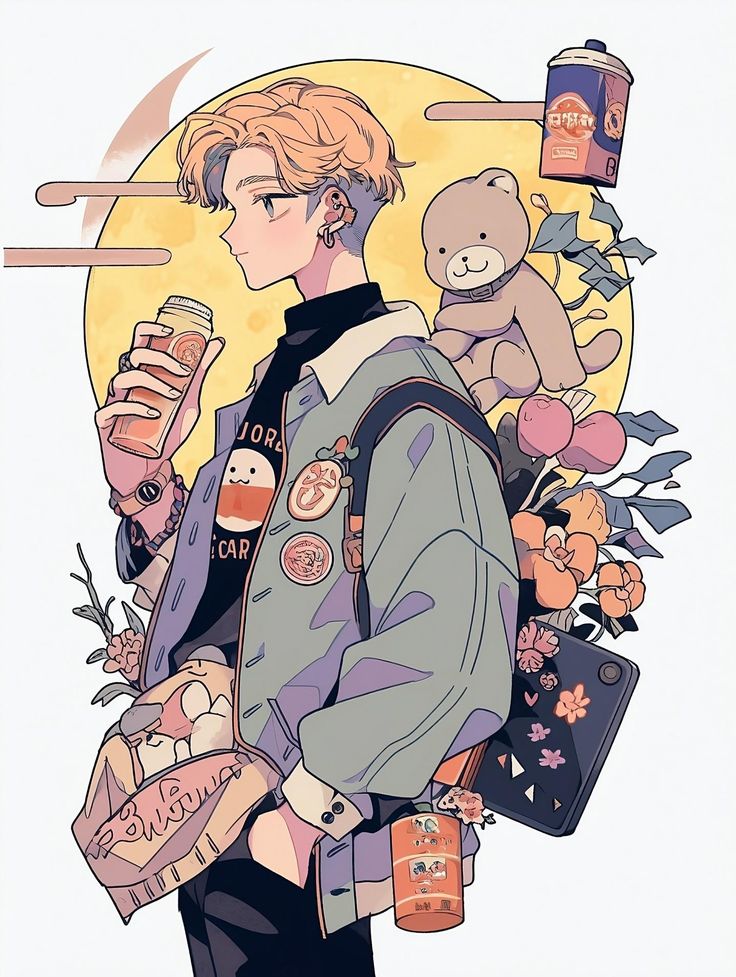
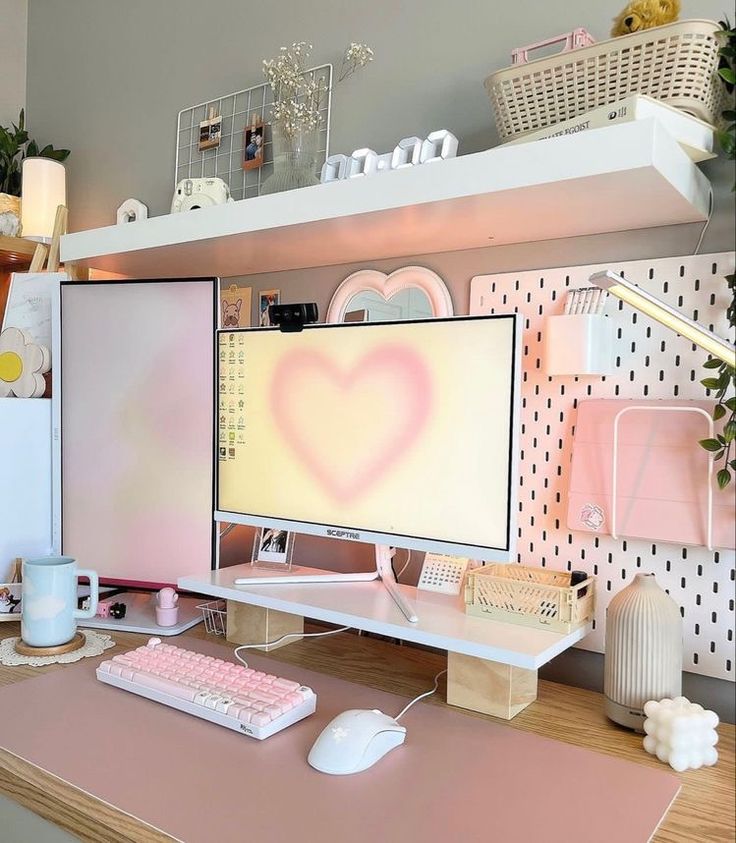
Key Takeaways
- Character design is essential for player engagement and narrative depth.
- Effective integration of characters enhances gameplay and overall experience.
- Collaboration and the right tools refine character concepts for impactful design.
Conceptualizing the Character
When you begin the process of character design, you should focus on two key aspects: character development and backstory, as well as character concept and initial sketches. These elements set the foundation for a compelling game character that resonates with players.
Character Development and Backstory
The backstory is essential for giving depth to your character. Consider their origins, motivations, and experiences that shape their personality. Ask questions like:
- What significant events have shaped their life?
- What are their goals or fears?
- How do these elements influence their behavior?
Your character’s backstory informs their visual design and playstyle. For example, a warrior from a noble family might wear armor adorned with family insignia, while a rogue might have a more tattered look, reflecting a life of hardship. Integrate these details to create a cohesive narrative that enhances player immersion.
Character Concept and Initial Sketches
Developing a solid character concept begins with brainstorming ideas that align with the game’s themes and mechanics. You might create mood boards, collect references, and jot down key traits. During this phase, focus on:
- Visual themes (colors, shapes, styles).
- Personality traits (quirky, serious, heroic).
- Unique features (scars, tattoos, equipment).
Once ideas solidify, create initial sketches. These do not need to be perfect; aim for quick, expressive drawings that capture the character’s essence. Iterate on these sketches based on feedback and further analysis of how the design complements gameplay dynamics. This approach ensures a character that feels integrated within the game world.
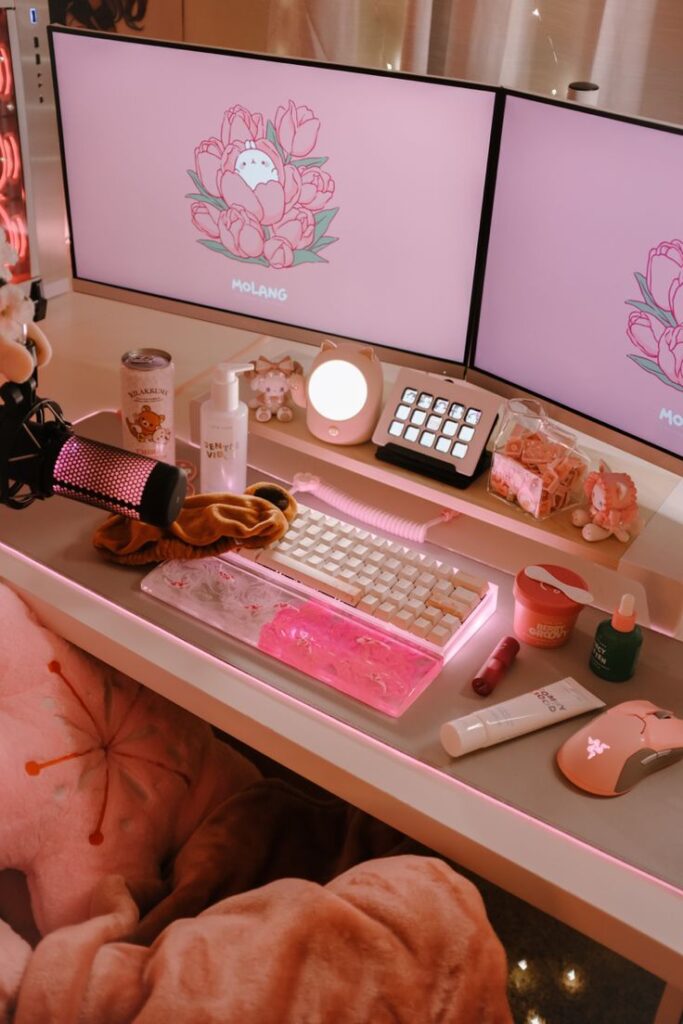

Design and Development Tools
Effective game character design relies on a selection of powerful tools for digital art and 3D modeling. These tools enhance creativity and streamline the workflow for artists and developers. This section highlights essential software used in the industry.
Digital Art Software Overview
When it comes to digital art, Adobe Photoshop and Adobe Illustrator are popular choices. Photoshop is ideal for creating 2D textures and concept art, allowing artists to manipulate images with precision. You can leverage its extensive brush library to achieve various styles.
Illustrator is a vector-based tool that helps in designing logos and UI elements associated with character design. ZBrush stands out for its ability to create highly detailed sculptures. It’s typically used for character modeling, allowing you to paint directly on 3D models. Each of these tools contributes to developing visually appealing characters that fit the game’s aesthetic.
3D Modeling and Animation
Maya is a leading software for 3D modeling and animation in the gaming industry. It offers comprehensive tools for modeling, texturing, and rigging characters. Its powerful animation features let you create realistic movements, essential for bringing characters to life.
Blender is another versatile option, known for its open-source nature. It includes sculpting, rigging, and a range of add-ons that enhance its functionality. Both Maya and Blender enable you to create intricate details and seamless animations that contribute to the overall character performance in the game. Choosing the right software depends on your project’s requirements and your personal workflow preferences.
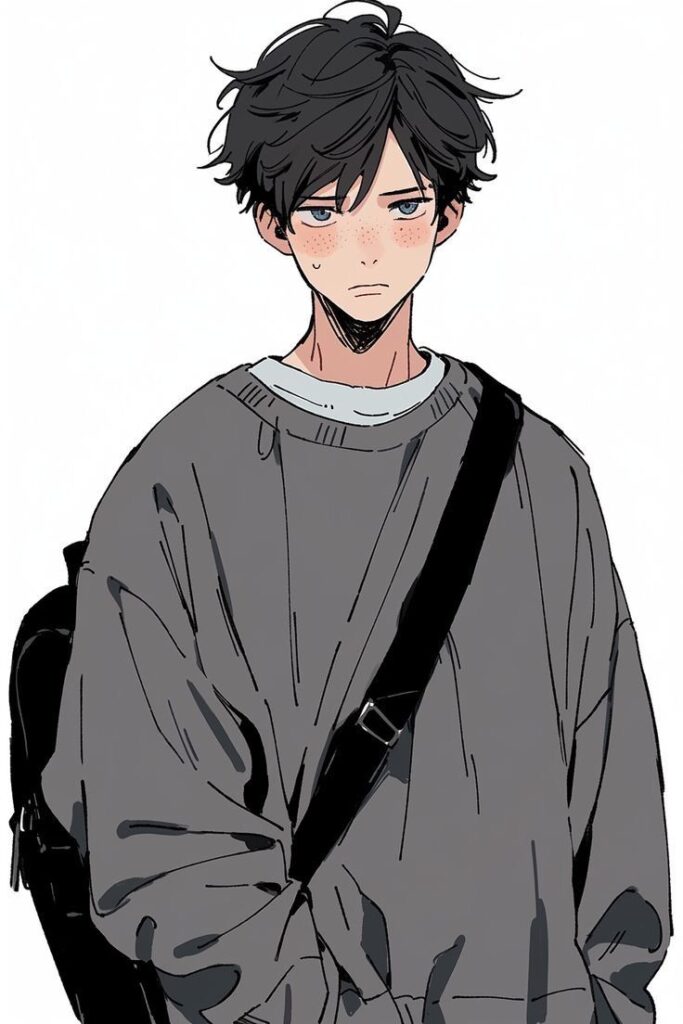
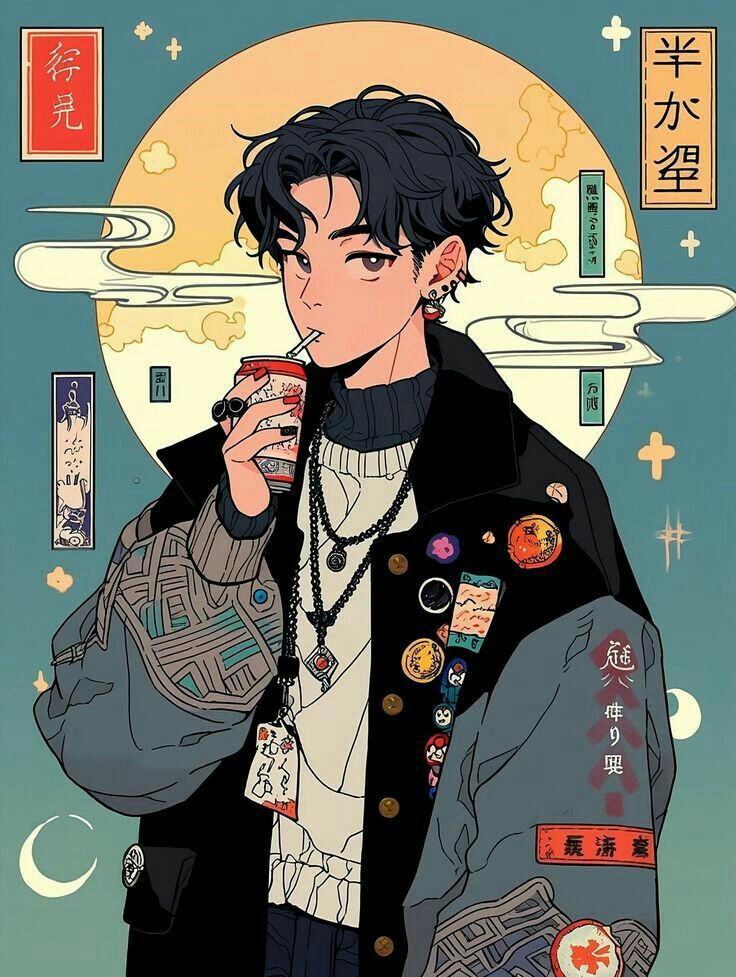
Character Integration into Gameplay
Effective character integration is crucial for enhancing player immersion and creating a cohesive gaming experience. It involves aligning gameplay mechanics, visual design, and animation to ensure that characters feel integral to the game world.
Gameplay and Mechanics
Character design should align seamlessly with gameplay mechanics. Each character’s abilities must complement the game’s core systems, whether through combat skills, movement dynamics, or puzzle-solving capabilities. For instance, a character equipped with unique abilities can shape playstyles and strategies, offering varied experiences to players.
Consider how different character types serve various roles:
- Tank: High durability, draws enemy fire.
- Support: Provides healing or buffs.
- Assassin: High damage, low health, fast movement.
By tailoring characters to these mechanics, you enhance player satisfaction and engagement.
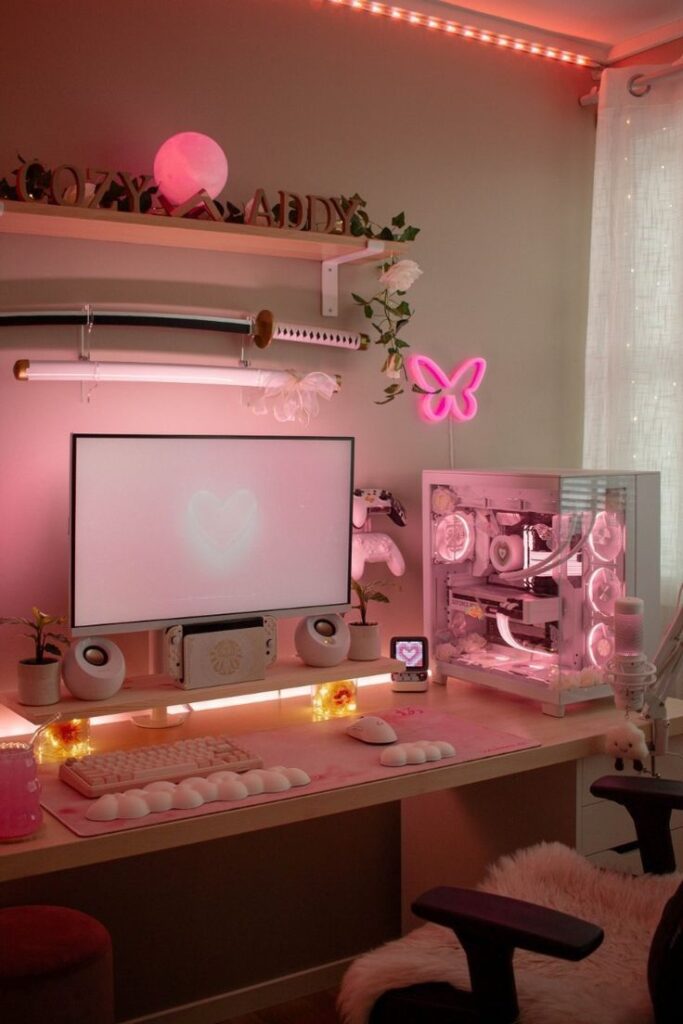
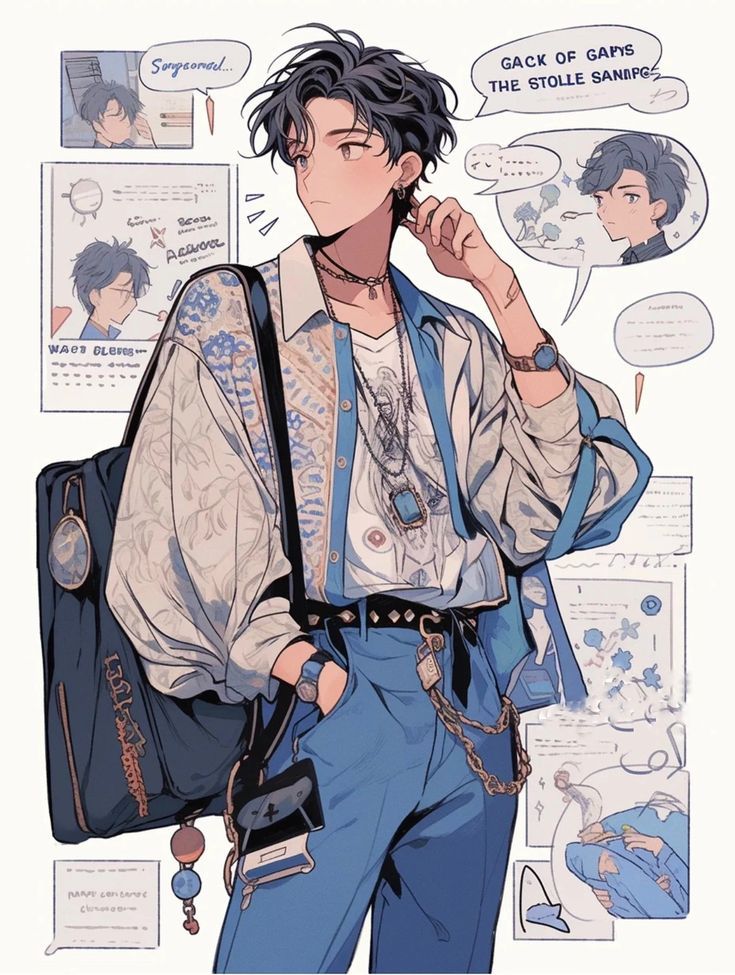
Silhouette and Costume Design
A character’s silhouette plays a vital role in instant recognition. A distinct outline allows players to identify characters quickly, which is particularly important in fast-paced games. Effective use of contrasting colors and shapes can further enrich this visual clarity.
Costume design should reflect the character’s personality and role within the game. Use these elements:
- Color Scheme: Sets tone and mood.
- Texture: Impacts visual appeal and detail.
- Accessories: Indicates character history or abilities.
When the silhouette and costume resonate with gameplay mechanics, they reinforce the character’s place in the game world.
Animating Characters and Objects
Animation breathes life into characters and objects, making them feel dynamic within the game environment. Smooth animations enhance gameplay by providing visual cues that signal character actions. Well-executed animations can communicate emotions, readiness, or urgency.
Focus on these aspects:
- Feedback: Visual cues when the player interacts with the game world.
- Consistency: Maintain a uniform style throughout character animations.
- Layering: Combine movements for greater realism, such as secondary animations (e.g., hair or clothing swaying).
These elements ensure your characters and objects are not just static, but actively contribute to the gameplay experience.
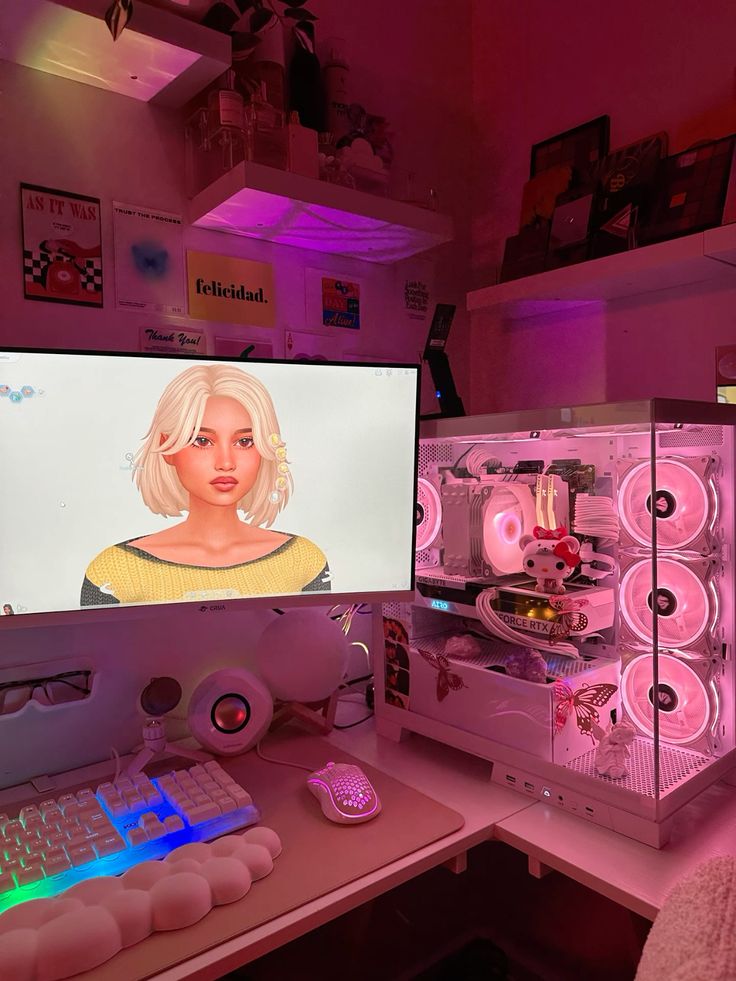
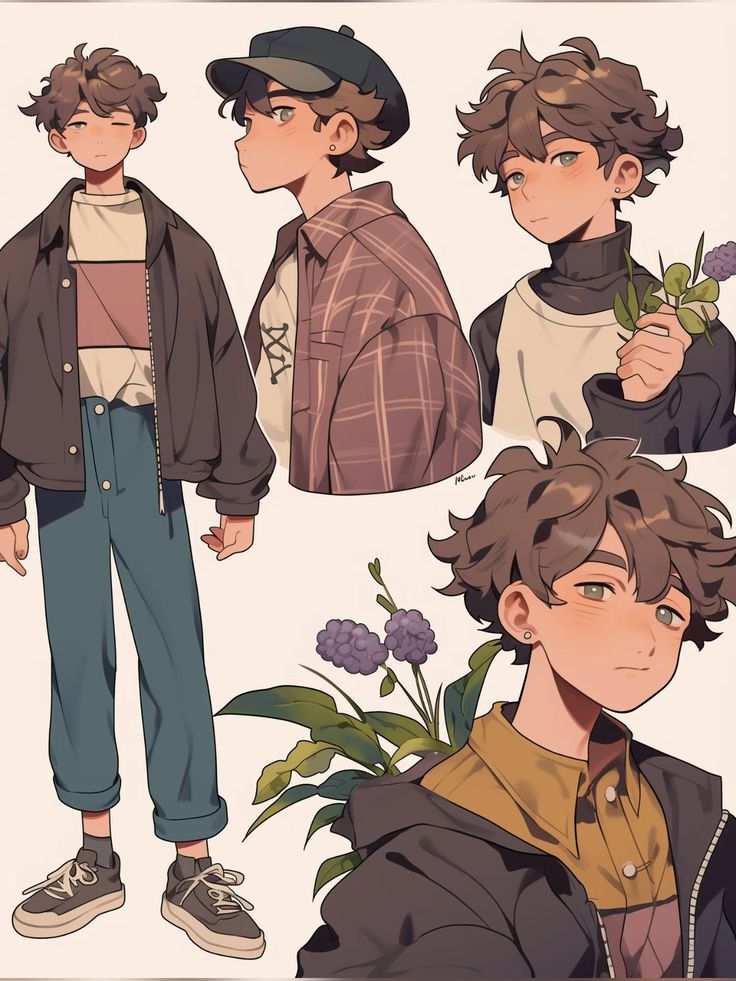
Collaboration and Publication
Effective collaboration is crucial in game character design, especially among concept artists, animators, and character artists. Working together can enhance creativity, streamline the design process, and ultimately lead to more engaging characters. Sharing and publishing these characters opens avenues for community feedback and wider visibility.
The Role of Concept Artists and Animators
Concept artists and animators play vital roles in character design. Concept artists are responsible for creating the initial visual ideas, ensuring that a character’s personality and backstory are conveyed through their appearance. They use various tools, including digital painting software, to craft detailed designs.
Animators then take these designs and bring them to life. They focus on movement, ensuring that the character feels believable within the game’s context. Collaborating closely, these two roles ensure that the artistic vision aligns with the technical requirements of game engines, making character development a cohesive process.
Sharing and Publishing Characters
Sharing and publishing game characters can significantly enhance their reach. Platforms like art communities and social media allow you to showcase your designs to a broader audience. This can lead to valuable feedback and interaction with other developers and players.
Incorporating download options for your characters can foster community engagement. By making your designs available for others to use or modify, you encourage creativity in the gaming community. Make sure to include clear licensing information to let others know how they can utilize your work legally and ethically.
- 243shares
- Facebook0
- Pinterest243
- Twitter0

